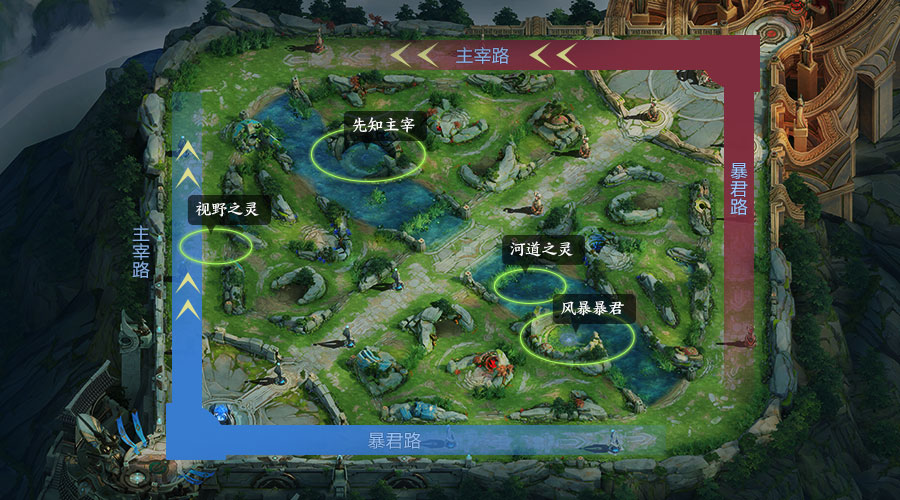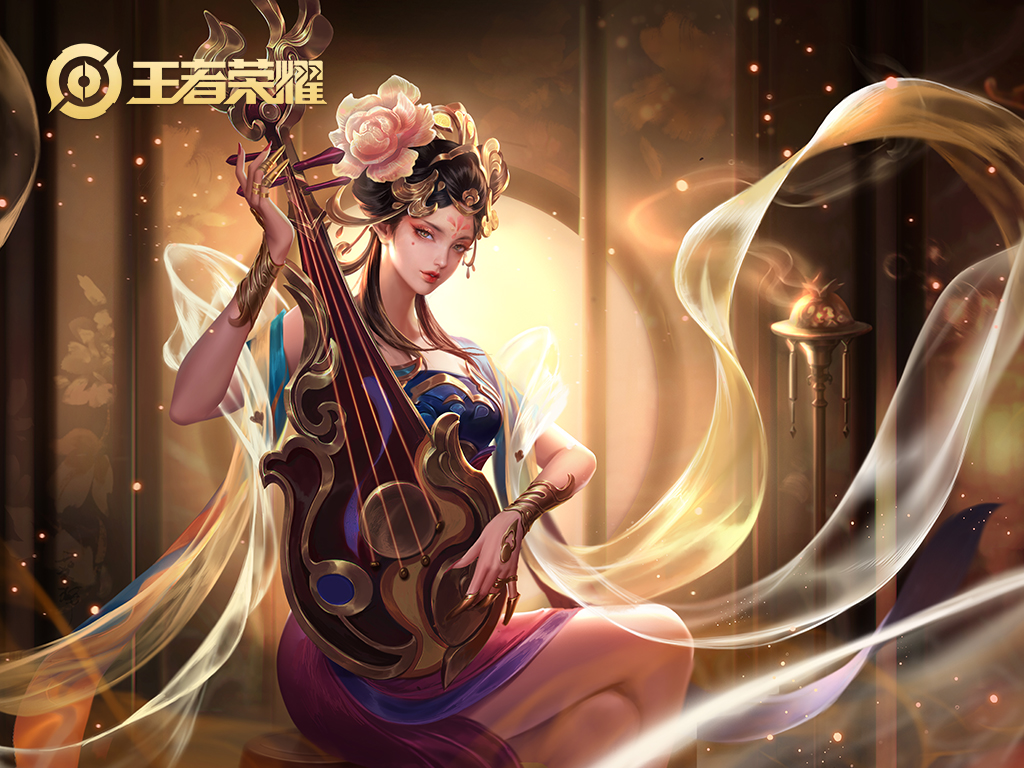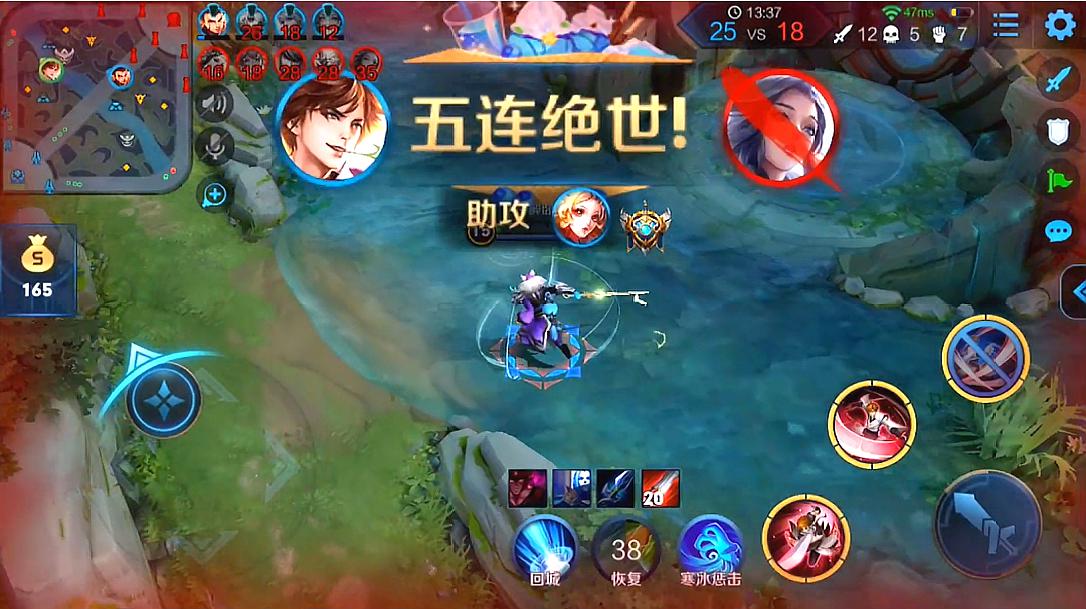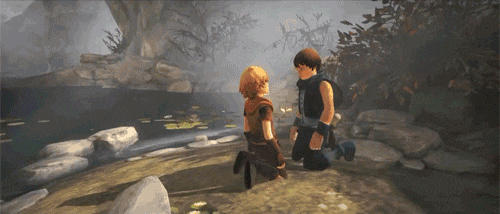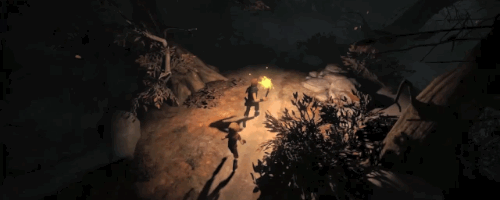
OMORI is a role-playing game developed by OMOCAT and released in December 2020. It features elements of psychological horror and touches on sensitive subjects like dealing with and overcoming anxiety, depression, and loss. Through the lens of a shut-in kid named Sunny and his dream-world counterpart, the titular Omori, we come to learn of the world and the people around them, the troubles they struggle with and secrets they keep.
Lens 9: Elemental Tetrad
Mechanics
OMORI’s game mechanics can be split into two different kinds, namely overworld exploration and combat.
Exploration
Exploration of the overworld is in similar fashion to that of other 2D RPGs like Undertale: top-down perspective and 2D navigation with arrow keys (or the D-pad on controllers), interacting with the environment (talking, picking up items, initiating battles etc) using the Z/X keys (specific buttons vary on controllers).

Throughout these worlds, the player will encounter enemies. These can come in the form of regular enemies randomly traversing the overworld where the team might engage in battle by coming into contact with them (or avoid if they wish to), or as compulsory battles like bosses. These battles employ a separate set of mechanics.
Combat
OMORI employs a turn-based battle system with a unique twist: in line with the game’s central themes, it incorporates emotions into the effectiveness of attacks in battle. The four members of OMORI’s team battle together, and there are four emotions each member of the team can hold: happy, sad, angry, or neutral. In addition, each member can learn a move-set of up to four moves, learning new, more powerful moves as experience is gained. Each move is associated with one of these emotions as well.

In accordance to a scissors-paper-stone-like system, different moves deal different kinds of damage depending on their associated emotions, as well as the emotion of the target. Using moves or items, any participant in battle can have their emotions changed.
Story
The story of OMORI is the essence of the game. Heavy juxtaposition is thrown at the player as they are brought back and forth between Sunny’s less-than-ideal real life and the super-cutesy, idealised dream world in his head. Through exploring the world further and learning more about our protagonist and the people around them, key themes of the causes and effects of trauma, anxiety, depression and isolation are explored, heavily reinforced and supported by the game’s simple yet powerful visuals.
Aesthetics
2D pixel art-based assets are what is mostly used in the overworld, and hand-drawn art and animation are used in battle sequences and during cutscenes. The game also features a diverse soundtrack album with close to 200 original tracks. While not exceedingly detailed or complex, the aesthetics are well used to complement the story: The dream world and the real world are shown in clear contrast in terms of the colours used in the art as well as the intensity of the music.


Technology
The game began development in 2014 using RPG Maker. The game was made available on Windows and Mac OS upon initial release with controller support, and a Nintendo Switch port was later announced for Spring 2022. Aside from OMOCAT and their team’s express desire to use RPG Maker to “promote this platform that supports and provides the tools for DIY storytelling and game-making”, the use of RPG Maker was perfect for their ideas of a simple visual style and 2D gameplay. The game consequently does not have expensive memory, graphics or storage requirements, making it more accessible for the player base.
Lens 38: Challenge
In relation to challenging the player, OMORI does a good job of that through requiring an increase in the player’s ability to work their way through battles. As you progress from area to area within OMORI’s dream world, the player encounters enemies and bosses of increasing strength, meant to match their own increasing strength so the characters can continue to gain experience and level up. There is a need for the player to have gained sufficient experience by the time the boss fight is reached so as to not lack the raw firepower to take them down, and a need to have sufficient planned out move combinations or when to use items to be able to tactically overwhelm the enemy.
Personally, during my play-through of this game, the initial stages were fairly smooth-sailing, being able to overcome enemies and area bosses without too much difficulty. Around mid-game though I found myself unable to keep up with the game’s difficulty. I found the need to boost my team a fair bit by grinding experience and the need for more planning in terms of battle strategies. Even past this point, battles further down the road continued to pose challenges: the difficulty growth does not let up, and the game makes sure to keep you on your toes essentially the entire way through.
Lens 79: Freedom
There is a need to constrain the player to somewhat of a linear path through the dream and real worlds in order for the story to be properly told: it would not make sense in the case of OMORI to give the player total freedom of exploration when the core of the game is in the storytelling, which is done by directing the player to and from the two worlds in order to slowly provide context to the plot and let the player clue in to the game’s key themes.
While in the grand scheme of things the player does not have total freedom of exploration as you might see in open world games, on a smaller level the player is given the freedom to do things at their own pace as they discover and explore new areas. New areas afford the player the chance to explore the areas for themselves to figure out what needs to be done rather than spoon-feeding instructions and directions. The game also introduces side quests every once in a while that require traversing through previously explored areas, and even includes entire areas that are optional for the player to discover and survey if they wish.
Lens 91: Character Transformation
The story of OMORI is centered on the character transformation of the protagonist Sunny as he struggles to overcome his trauma and anxiety. As the plot progresses, the player gets to experience and see up close the different kinds of fears our protagonist has, how he can work to overcome them, and how he can eventually come to terms with himself.
With regard to Sunny’s friends, since the story is viewed solely through the eyes of Sunny/Omori, their transformations do not necessarily come in the form of character growth or maturity as the plot progresses but rather as a juxtaposition of their personalities, qualities and relationships between the dream world and real world. These changes can initially be surprising and interesting, inspiring the player to find out more. Eventually, through studying the protagonist’s psyche, the player will come to understand why exactly these disparities exist.
Lens 6: Curiosity
As with story-driven games like OMORI, the player motivation stems from a desire for plot progression and learning more about the world and the characters in it.
The game begins with a mysterious cutscene: the player doesn’t know who the characters are or what they’re talking about. We are then dropped directly into the game, into an ominous barren landscape called WHITE SPACE where we meet Omori who has apparently been there for as long as he can remember. What is this place? Why have we always been here? What did that opening sequence mean? We later meet a bunch of our friends and set out to explore the world. Everyone is having fun and everything seems just fine, until suddenly it isn’t. The player then wakes up in the real world as Sunny, and more questions arise.
The game starts out with a cold, potentially vague and confusing opening that forces the player to ask questions, questions that can only be answered by making progress through the plot. As the game takes the player on a journey to uncover our protagonist’s secrets, we gradually get more and more context, and more of our questions are answered, but we never truly know everything until the very end.





